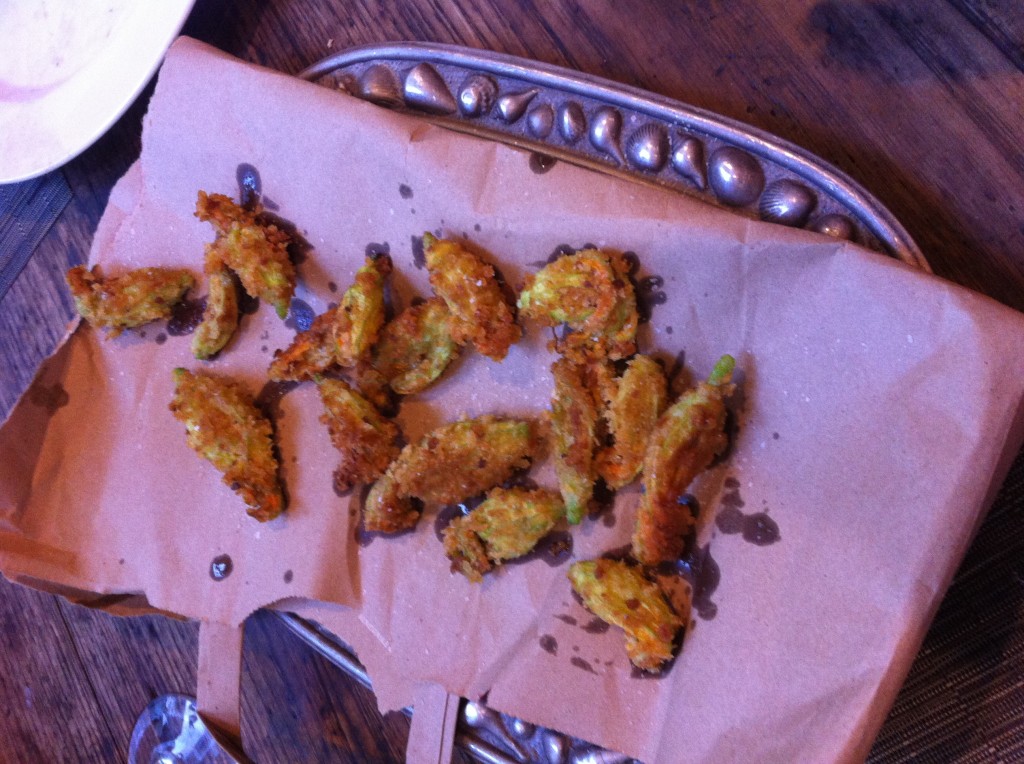Med school often feels like that book or movie I read or watched when I was a kid, where whatever the characters read about in a book came true for them in real life (was it "Jumangi"?). To illustrate, I got a headache the day we studied headaches and reflux the day we studied reflux.
Since taking hematology in September, I've been convinced that I have iron-deficiency anemia. I sleep all the time, I hardly any meat, I eat a lot of fiber and drink a lot of tea (both inhibit iron absorption). Three months later, we're studying GI and I find myself reviewing mechanisms of iron absorption. I was reminded that we absorb heme iron (Fe2+) much better than nonheme iron (Fe3+), and that what matters is not just that we each iron-rich foods, but that we eat foods containing the right form of iron.
Well, I looked up heme and nonheme iron
here, and it turns out that I eat virtually no heme-iron-rich foods regularly (they are all meats). However, I do eat a lot of nonheme iron, such as oatmeal, lentils, raisins, and kale.
Tonight's dinner is super easy, will last you the week, is a perfect antidote to the snow, and is centered around nonheme iron. Some iron is better than none!
Lentil soup (consider this a 'kitchen sink' recipe: these ingredients are just suggestions)
- 1 large onion
- 4 cloves garlic
- 1" piece of fresh ginger
- olive oil, chili flakes, cumin, salt, pepper
- 2 tablespoons white vinegar or lemon juice
- lentils (I used about 2.5 cups, but didn't measure)
- 1/2 can chopped tomatoes or 1 chopped fresh tomato
- 1/2 sweet potato, cut into large chunks (or 2 carrots)
- 2 celery stalks, cut into 1/2" pieces
- 1 bunch of kale, parboiled and chopped
- chicken stock
Chop the onion and garlic into large pieces and the ginger into small pieces. In a large pot, saute onion, garlic, ginger, chili flakes, and cumin in a few tablespoons of olive oil. (In retrospect I think caramelizing the onion first would add a lot of flavor, so do that if you wish.) Add in lentils, celery, and sweet potato and continue to stir at high heat, then add several cups of water and chicken broth to cover. Simmer at high heat, adding water as needed, until lentils are soft to your liking. Add in the tomatoes, kale, and vinegar/lemon along the way and season as needed. Garnish with cilantro and feta cheese, if you like.
.JPG)
.JPG)













.JPG)

.JPG)
.JPG)
.JPG)

.JPG)
.JPG)
.JPG)




















.JPG)